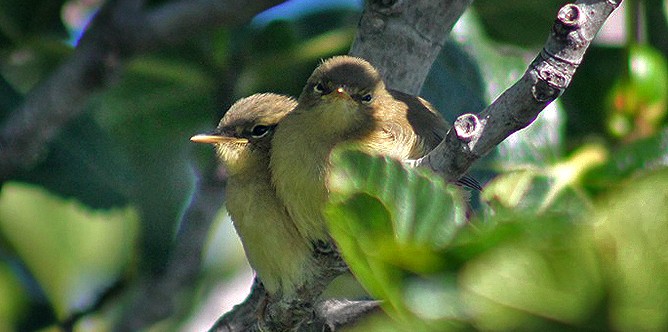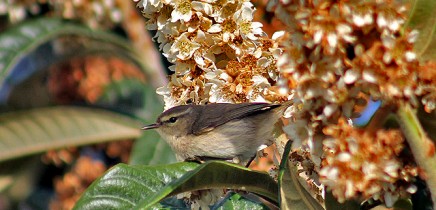-

-
We are specialists for your holidays in La Palma. With personalized assistance on-site.

Ulrich & Evelyn Roth -
Our service numbers
Write e-mail+34 822 68 00 89
+49 7442 819 85 90
We're available from Monday to Friday from 10:00 a.m. to 6:00 p.m., and Saturdays from 10:00 a.m. to 1:00 p.m.
-
Accommodations
- with pool 92
- on the seaside 48
- with internet 210
-
Northwest >>
130
- Aguatavar 7
- Arecida 6
- El Castillo 1
- Garafía 4
- Las Tricias 7
- Puntagorda 42
- Tijarafe 22
- Tijarafe Costa 6
- Tijarafe El Jesús 12
- Tijarafe La Punta 21
- Tinizara 2
-
Aridane Valley >>
225
- Celta 7
- Charco Verde 3
- El Paso 23
- Hermosilla 1
- La Bombilla 2
- La Laguna 11
- Las Manchas 24
- Las Norias 11
- Los Llanos de Aridane 25
- Puerto de Naos 45
- San Nicolas 8
- Tacande 2
- Tajuya 9
- Tazacorte Costa 5
- Tazacorte Puerto 14
- Tazacorte Villa 23
- Todoque 12
-
South >>
31
- Fuencaliente 7
- Las Indias 4
- Lomo Oscuro 1
- Los Quemados 6
- Salemera 2
- Tigalate 2
- Villa de Mazo 9
- East >> 16
-
Northeast >>
4
- Barlovento 2
- Los Sauces 1
- Puntallana 1
Canary Island Chiffchaff
„mosquitero“
"mosquitero, hornero"
Canary Island Chiffchaff
Phylloscopus canariensis canariensis
This songbird hunts insects all over the island of La Palma, twice a year it lays eggs in its cosy nest, which is shaped like old ovens.
-
The Canarian Chiffchaff is at home on the Central and Western Islands
The insect hunter, which measures between 10 and 11 cm, is one of the smallest songbirds on the Canary Islands.

Their scientific name is canariensis canariensis and they are Canary endemics.
The upper side of the male is pale olive green, the underside yellowish. The female is medium brown above and pale greyish brown below. Both sexes have a pale stripe above the eyes.
On La Palma, these lively birds can be seen everywhere where there are trees and bushes, from the coastal area to the mountainous regions.
Their name "mosquitero" comes from their appetite for insects. Sometimes they swoop down from a branch into a swarm of mosquitoes to "stop" in the middle of it with incredibly fast wing movements and eat as many as possible.
The Common Chiffchaff is a great helper in combating insect pests on fruit trees
It eats aphids, scale insects, the white fly, moths, etc.
It also likes berries and fruits and is one of the birds that replace hummingbirds in pollinating exotic flowers.
It climbs into the large flowers of the Canary bellflower, pecks at aloes, strelitzias, hibiscus, etc. The plants reward him not only with the captured insects but also with sweet nectar.
"chivi-chivi" is one of its Palmerian nicknames
The song of the Canary Island Chiffchaff, apart from the monotonous "chip-chip-chip", also consists of the sounds "chivi-chivi".
The "mosquitero" builds its ground-level nest of dry grass, leaves and pine needles well hidden between bushes. Inside it is padded with feathers, animal hair and soft plant parts.
The only entrance is a hole in the side. This is reminiscent of the shape of the old "horno" ovens, which is why the Palmeros call the bird "hornero".

Canary Island Chiffchaffs lay 3-5 eggs twice a year between January and July.




